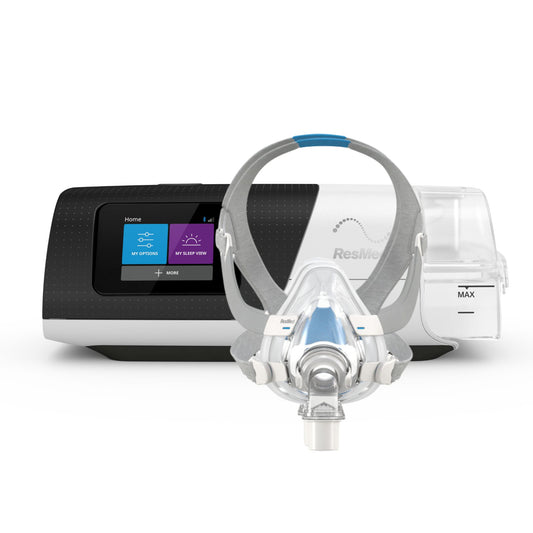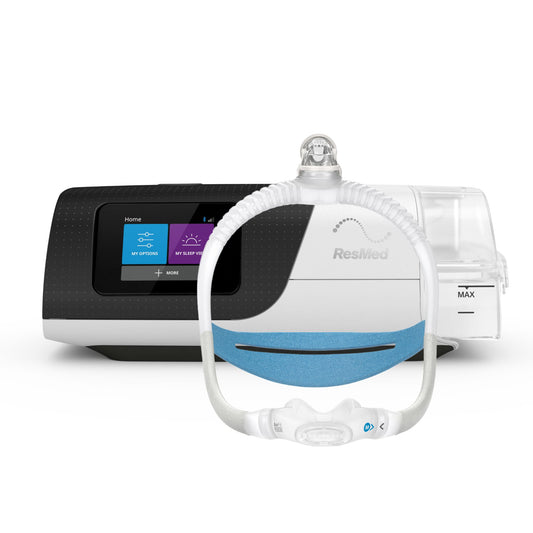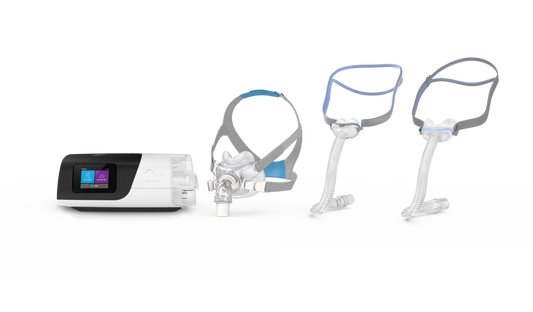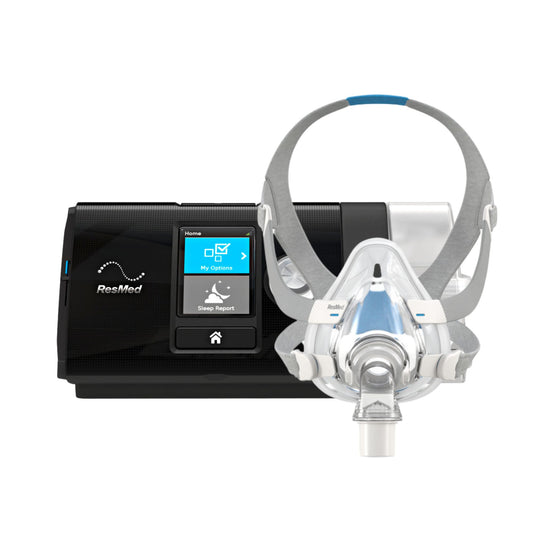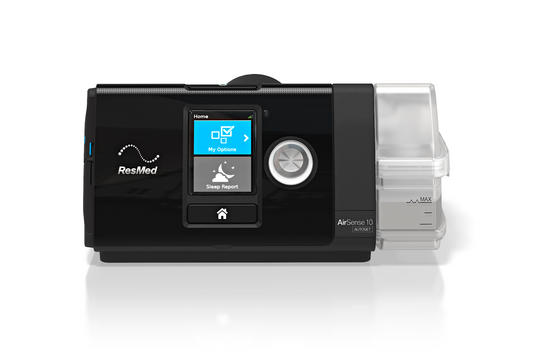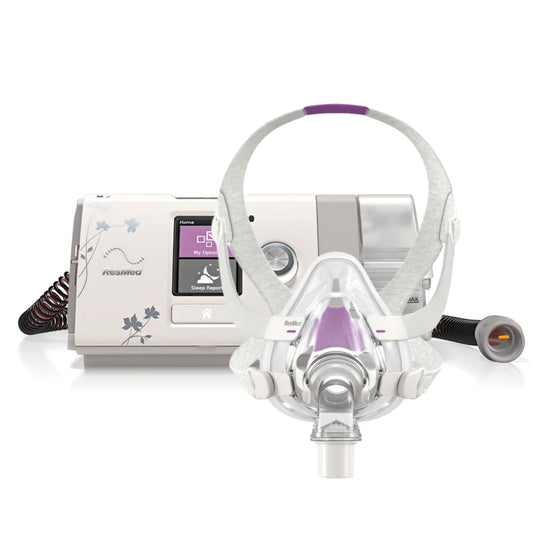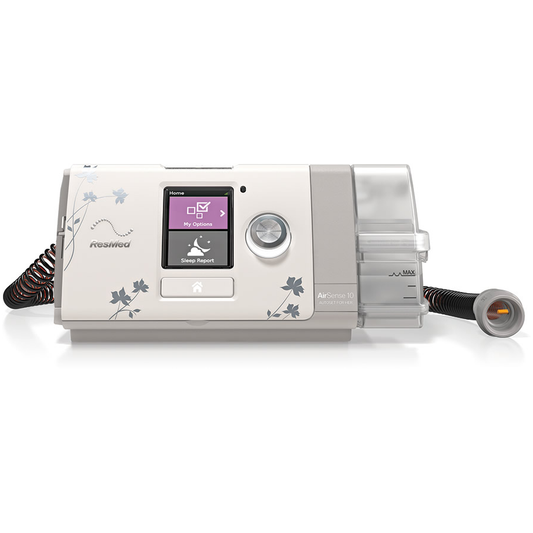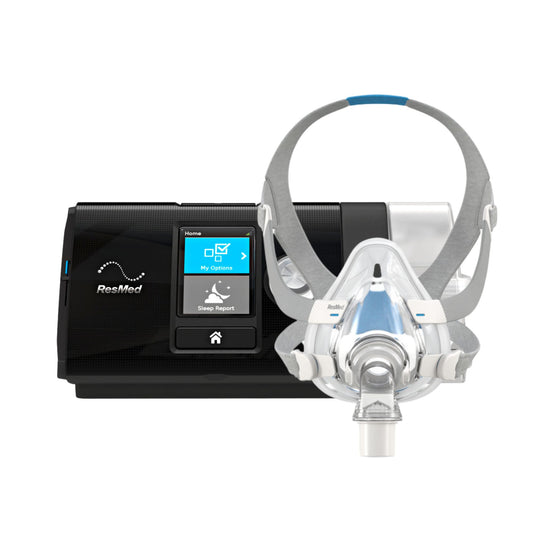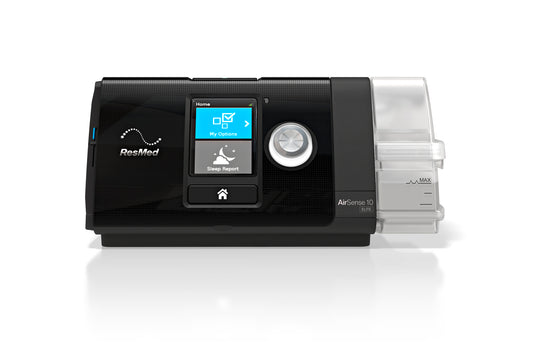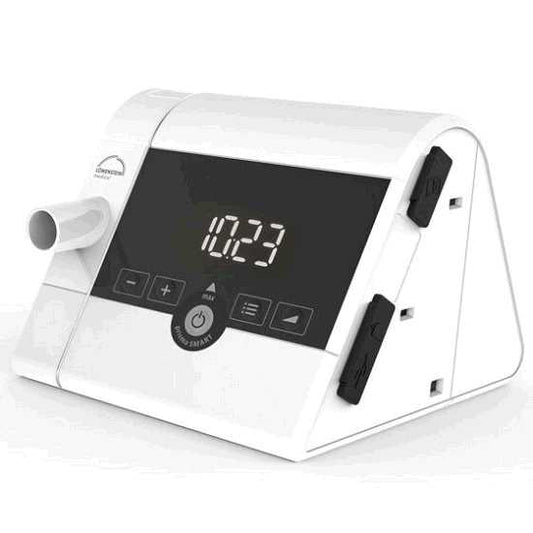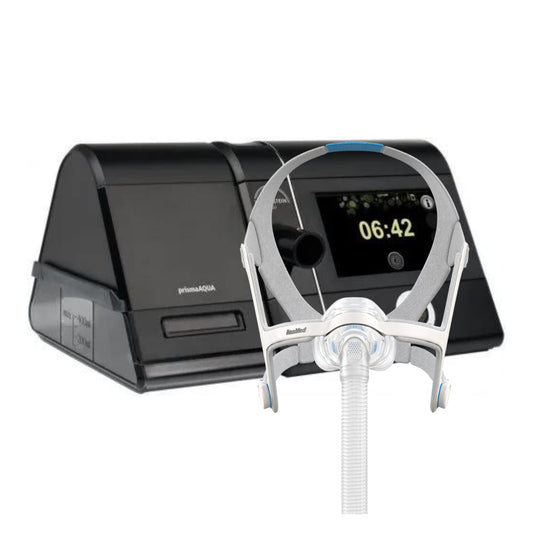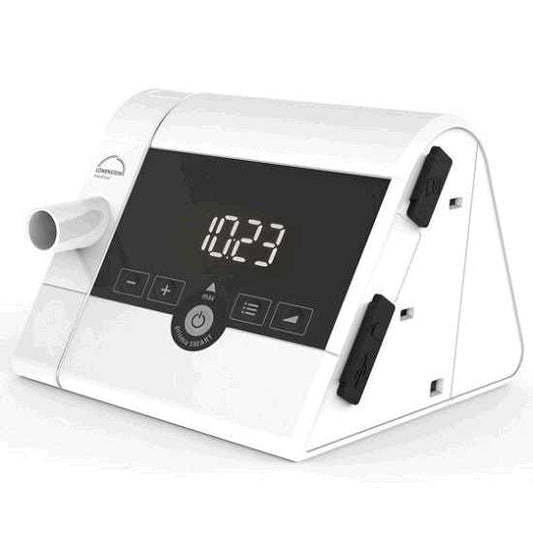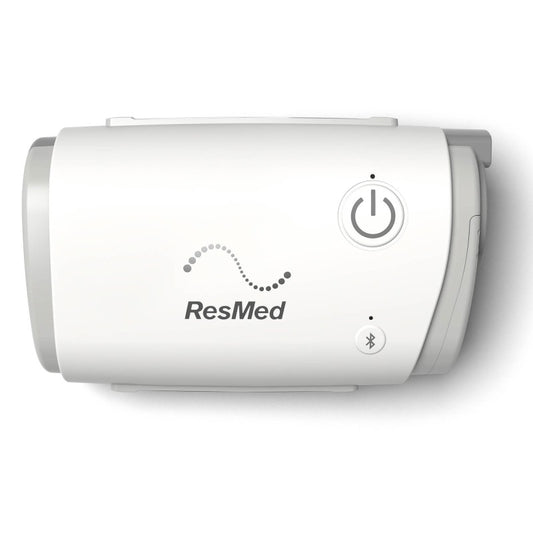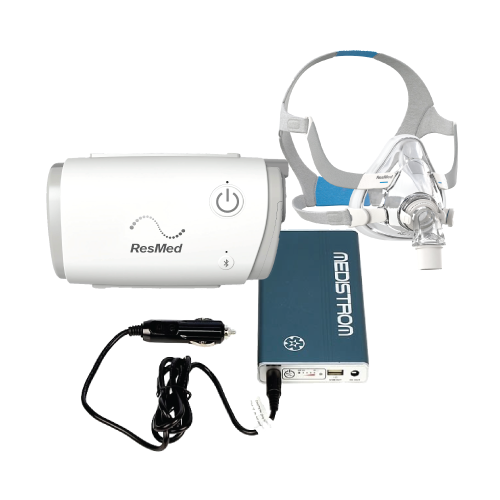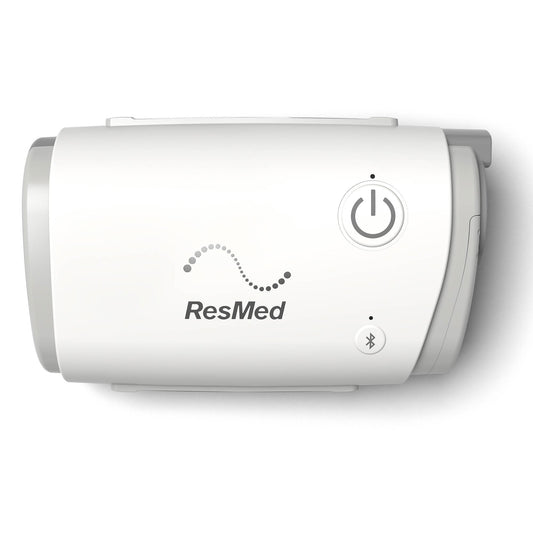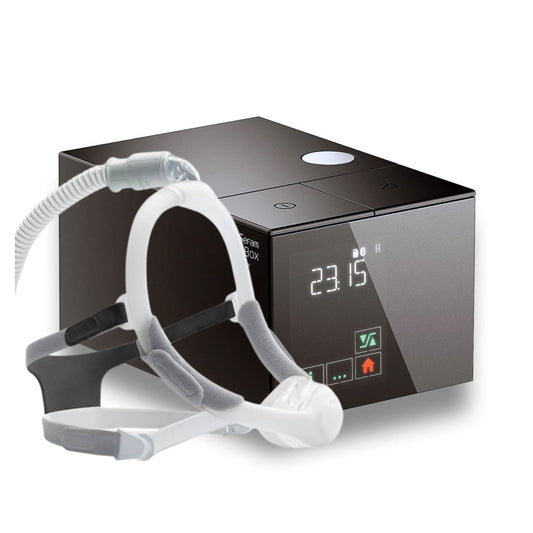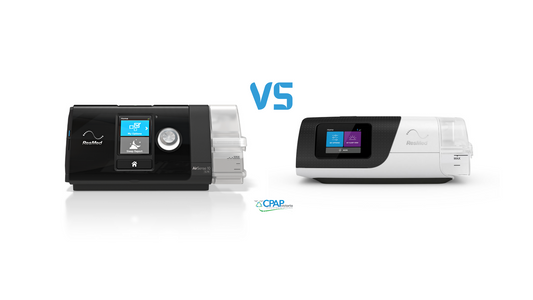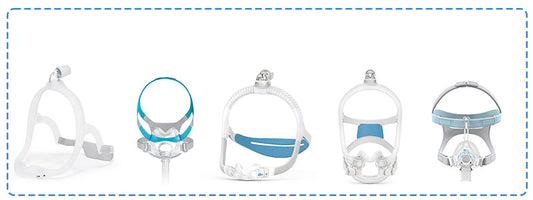 A recent study indicated that 45% of adults occasionally snore and that 25% are consistent snorers. The study also concluded that snoring is most common to males and overweight persons and that the condition aggravates as one ages.
A recent study indicated that 45% of adults occasionally snore and that 25% are consistent snorers. The study also concluded that snoring is most common to males and overweight persons and that the condition aggravates as one ages.
The American Sleep Association said that there are more than 90 million Americans who snore during sleep. Half of the figure are simple snorers while the other half may suffer from obstructive sleep apnoea or OSA. Simple snoring and snoring due to OSA are two different things. So a short answer to the question if snoring and OSA the same is “no”.
Understanding Snoring and Apnoea
The airway from the larynx to the lungs is quite rigid and is therefore resistant to collapse. On the other hand, the airway from a person’s larynx to their lips is more like a muscular tube. When one is awake, this airway stays because of muscle tone. When a person lies down, there is loss of muscle tone and the limp upper airway becomes limper because of gravity. The snoring is the sound made when the loose upper airway tissue flops and wobbles about when the sleeping person is breathing in and out. The gravity of the snoring is also affected by the person’s lifestyle, and factors such as weight and alcohol consumption.
Loud consistent snoring is one of the symptoms of OSA. Apneoa happens when the floppy upper airway muscle actually collapses and obstructs the airway. A few seconds after the obstruction, the oxygen level in the blood lowers down. When this happens, the brain prompts the sleeping person to wake up which in turn restores the lose muscle tone of the upper airway so the person can breathe again. This cycle goes on several times an hour, causing various complications in the person’s lifestyle, health, work, family and social aspects.
Snoring and OSA can be aggravated by factors such as age, obesity, neck and head shape, large tonsils and tongue. Knowing the difference between snoring and OSA is the initial step to the efficient and effective treatment of the two conditions.
When to see a doctor?
 If you or your bed partner:
If you or your bed partner:
• frequently snores
• stops breathing
• chokes or gasps during sleep
• feels sleepy during the day
• experience restlessness at night
• have headache in the morning
• have dry mouth or sore throat upon waking
• difficulty in concentrating and have episodes of memory and learning problems
Or experience a general feeling of irritability and mood swings; it is time to consult a qualified physician.
Treatment Options
There are different treatment options available for those who diagnosed with OSA and for frequent loud snorers. For frequent snorers with no OSA, treatment options such as changes in lifestyle, losing weight, decrease in alcohol consumption, modifications in sleeping positions, nasal strips, oral devices and even surgery are available.
For loud snorers diagnosed with OSA, effective treatment involves the use of a CPAP or BiPAP or an EPAP device. These devices are FDA approved and have consistently indicated their efficacy and efficiency in treating OSA.
Find a clinic or call us now for a consultation 1300 750 006.
